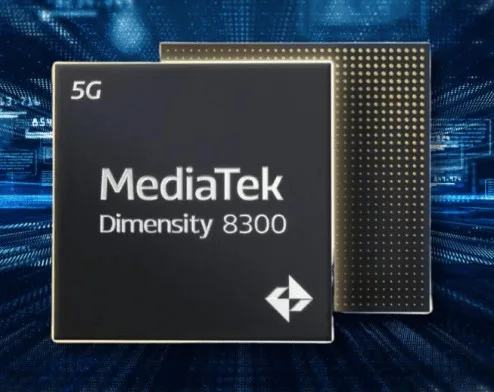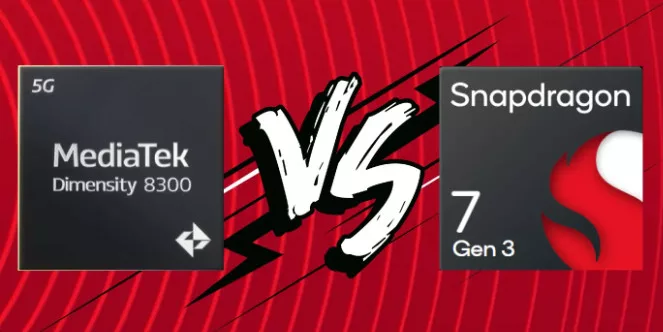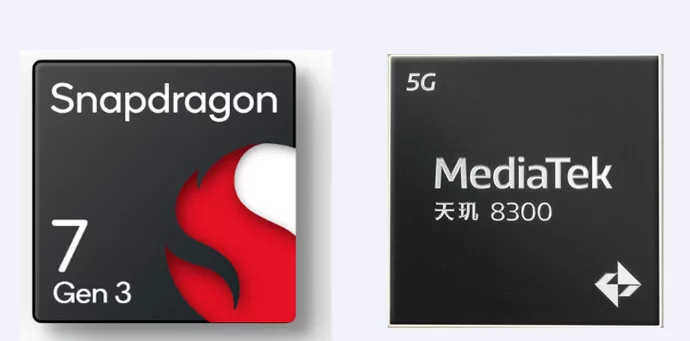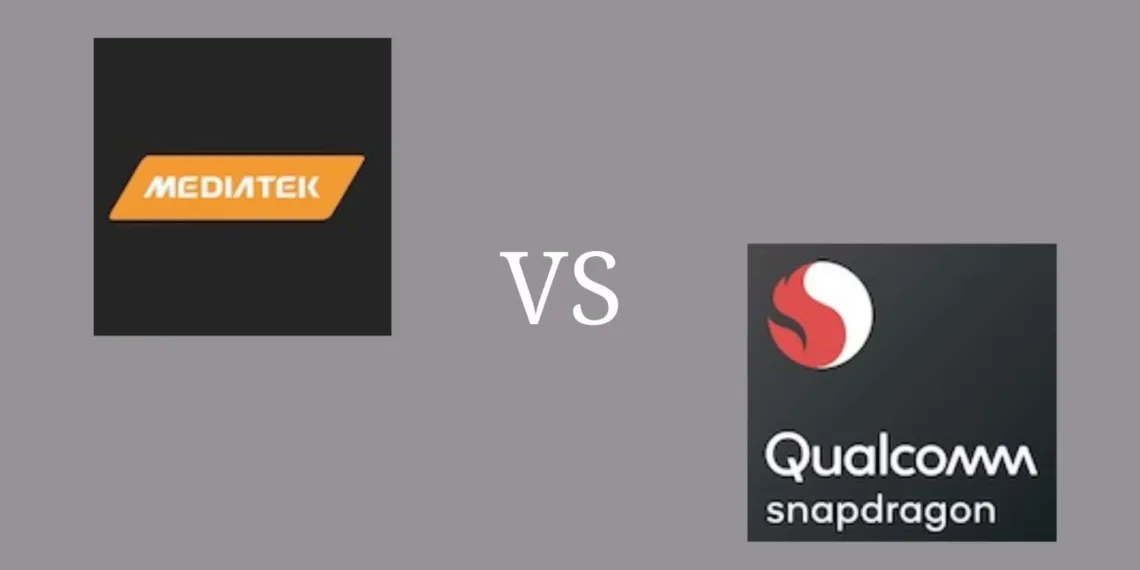In the market for mid-range smartphones, the Snapdragon 7+ Gen 3, MediaTek Dimensity 8300, and Snapdragon 7 Gen 3 emerge as strong contenders with distinct offerings in terms of performance, efficiency, and connectivity features.

Snapdragon 7+ Gen 3 vs Dimensity 8300 vs Snapdragon 7 Gen 3
Performance
Regarding performance, both Snapdragon 7 Gen 3 and Snapdragon 7+ Gen 3 utilize an octa-core CPU design featuring a combination of Cortex A715 and Cortex A510 cores to strike a balance between power and energy efficiency. On the other hand, MediaTek Dimensity 8300 takes a different route by incorporating higher clock speeds for its Cortex A715 cores potentially resulting in superior single-threaded performance. While all three chipsets claim to deliver responsive performance actual user experience may vary based on software optimizations and other variables.

Multimedia
In terms of graphics and multimedia capabilities, Snapdragon chipsets are equipped with Adreno GPUs that offer graphics performance for gaming and multimedia activities. In contrast, MediaTek Dimensity 8300 utilizes a Mali G615 MP6 GPU which is competent but might not match up to Adreno GPUs in scenarios. However, MediaTek Dimensity 8300 excels in camera functionalities by supporting high-resolution sensors and advanced video codecs like AV1.
Connectivity
Connectivity is another factor to consider in light of the emergence of 5G technology. All three processors come with 5G capabilities allowing for downloads and uploads. While the MediaTek Dimensity 8300 boasts peak speeds the Snapdragon chipsets offer connectivity through Wi-Fi 6 and Bluetooth 5.3. On the other hand, the MediaTek Dimensity 8300 includes Wi-Fi 6 and Bluetooth 5.4 which could improve connections and compatibility with peripherals.

Efficiency
Efficiency plays a role in mid-range devices where battery life is a significant factor to consider. The 4-nanometer process technology employed by all three chipsets contributes to improved power efficiency compared to previous generations. However, subtle differences in CPU and GPU architectures, as well as software optimizations, may result in variations in power consumption and battery life across different devices.








